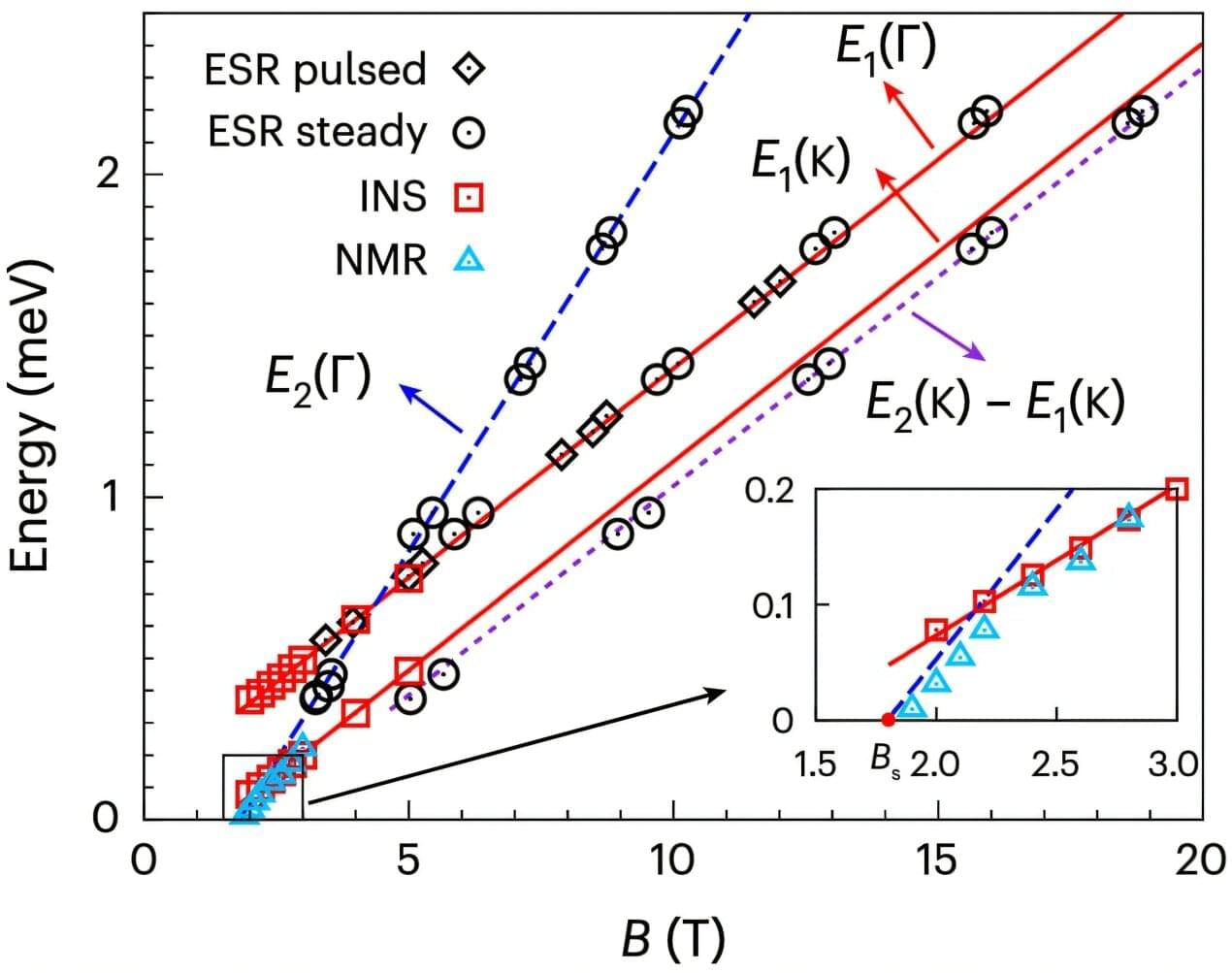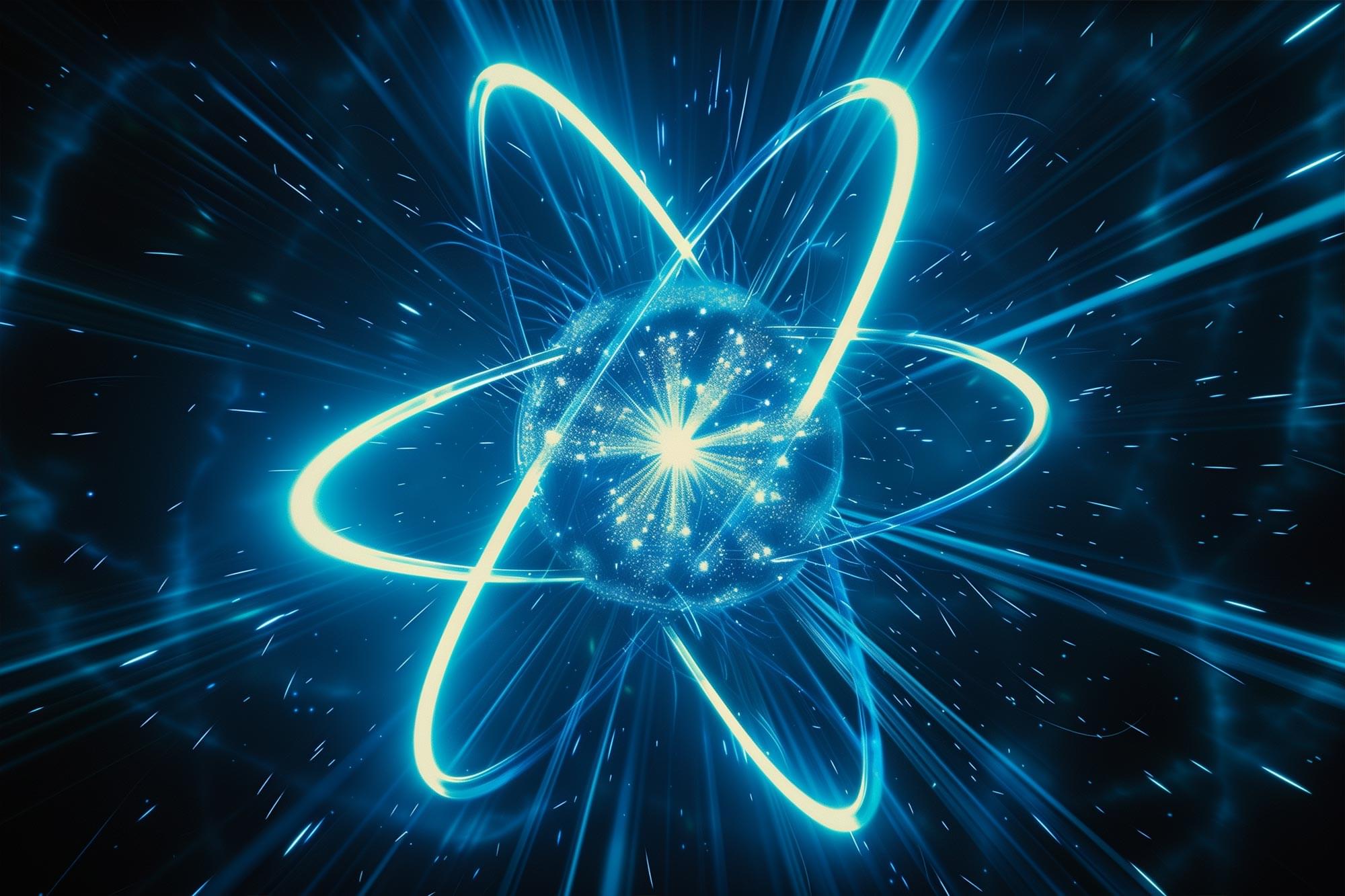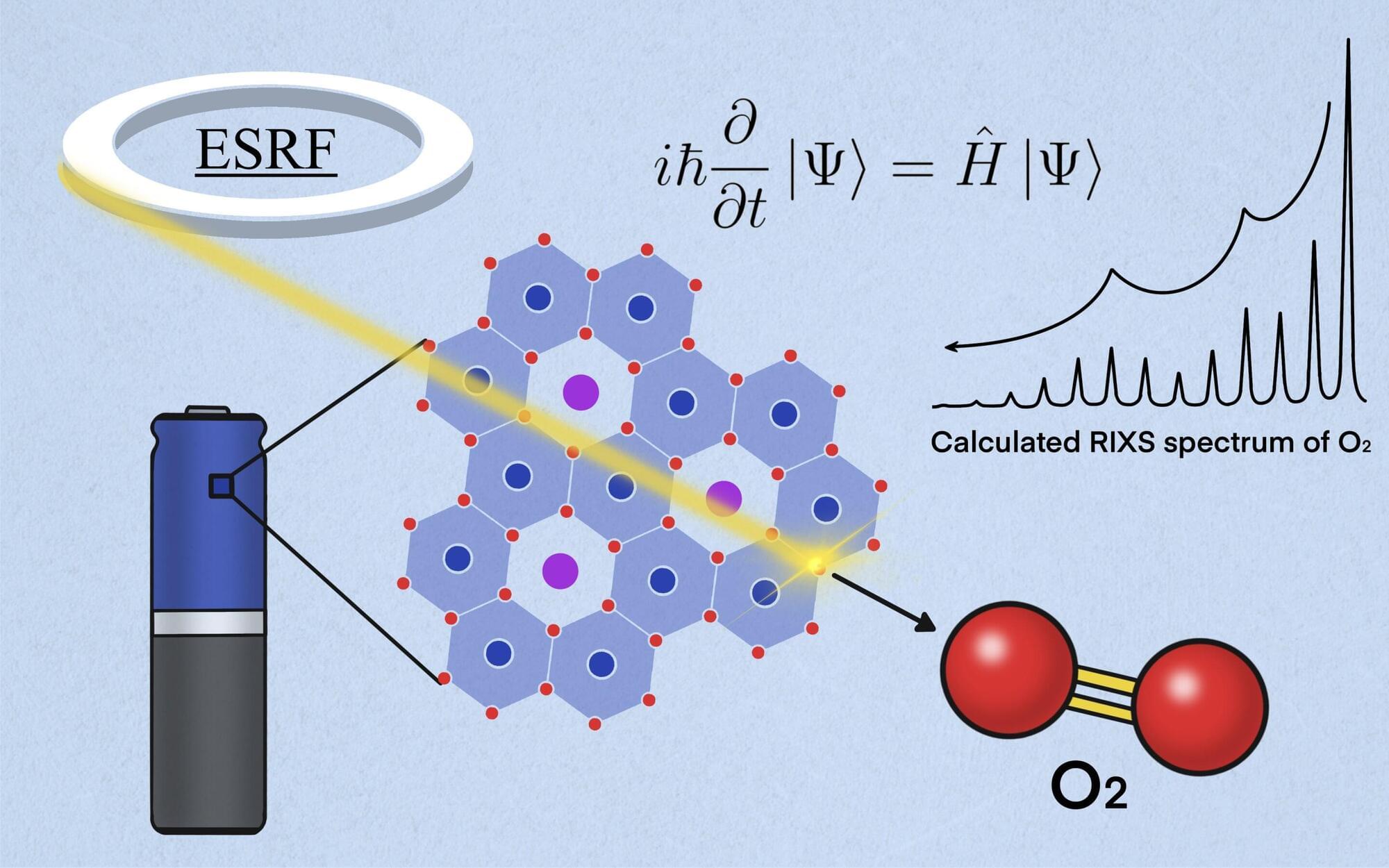Time crystals realized in the so-called quasiperiodic regime hold promise for future applications in quantum computing and sensing.
In ordinary crystals, atoms or molecules form a repeating pattern in space. By extension, in quantum systems known as time crystals, particles form a repeating pattern in both space and time. These exotic systems were predicted in 2012 and first demonstrated in 2016 (see Viewpoint: How to Create a Time Crystal). Now Chong Zu at Washington University in St. Louis and his colleagues have experimentally realized a new form of time crystal called a discrete-time quasicrystal [1]. The team suggests that such states could be useful for high-precision sensing and advanced signal processing.
Conventional time crystals are created by subjecting a collection of particles to an external driving force that is periodic in time. Zu and his colleagues instead selected a quasiperiodic drive in the form of a structured but nonrepeating sequence of microwave pulses. The researchers applied this quasiperiodic drive to an ensemble of strongly interacting spins associated with structural defects, known as nitrogen-vacancy centers, in diamond. They then tracked the resulting dynamics of these spins using a laser microscope.









